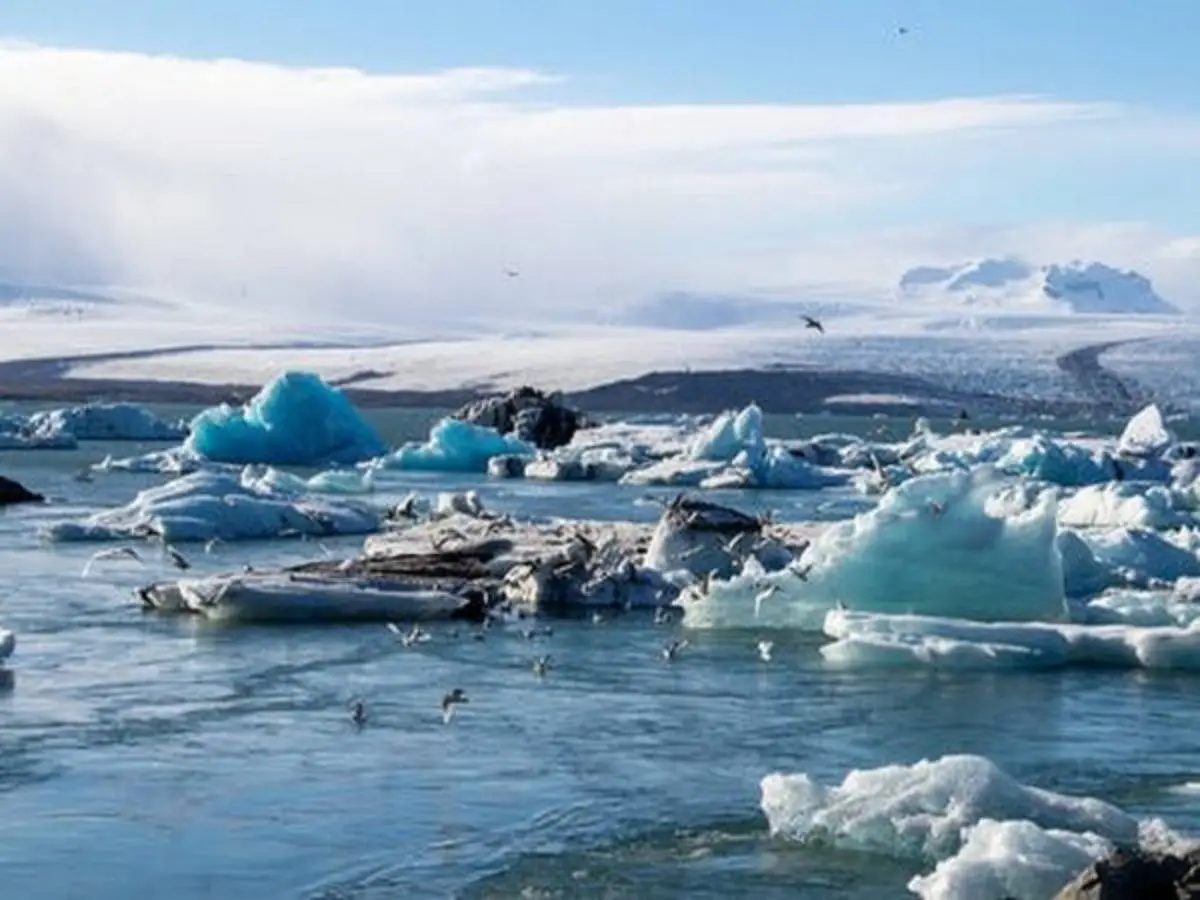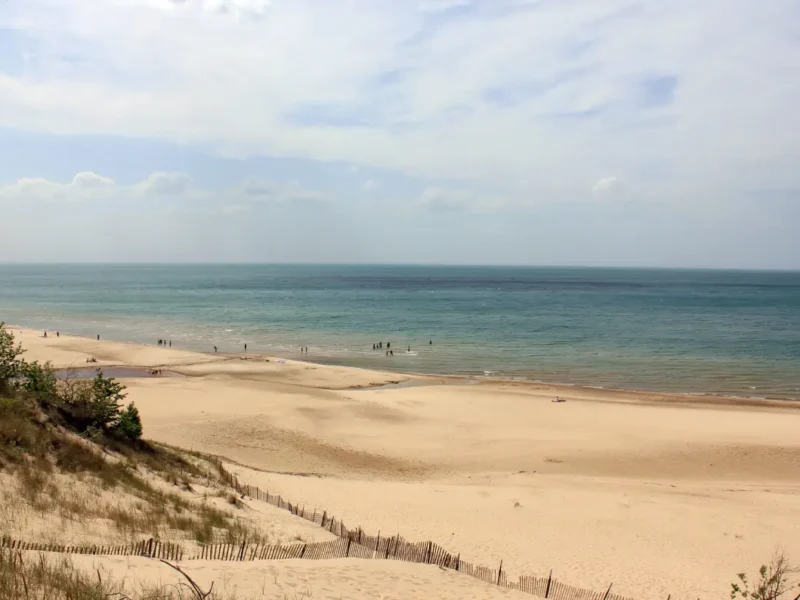
Alarming Glacier Retreat In Arunachal Pradesh Over Three Decades
GUWAHATI (ANI)- The Himalayas, often called the “Third Pole,” hold the largest concentration of glaciers outside the polar regions and provide fresh water for more than 1.3 billion people downstream. However, rapid glacial retreat in recent decades has raised concerns about long-term water availability and ecological balance.
The study used Remote Sensing (RS) and Geographic Information Systems (GIS) to analyze glacier changes in Arunachal Pradesh from 1988 to 2020. Most glaciers in the region are situated between 4,500 and 4,800 meters above sea level.”\
The results show a marked reduction in glacier coverage. In 1988, 756 glaciers covered approximately 585.23 square kilometers. By 2020, the number had dropped to 646, with the total area shrinking to 275.38 square kilometers. The researchers estimated an average glacier loss of 16.94 square kilometers per year, with smaller glaciers (less than 5 square kilometers) retreating at a faster rate.
The consequences of glacier retreat extend beyond the immediate region. Communities relying on glacial meltwater for agriculture and drinking water may face shortages in the future. Initially, increased melting may lead to flooding and unstable river flows, but over time, a reduced glacial mass will result in lower water availability. Expanding glacial lakes also pose risks, as sudden floods caused by glacial lake outbursts can be destructive.
Despite the urgency of the issue, research on the Eastern Himalayas remains limited. This study contributes to the understanding of glacial changes and their impact on future water availability. The researchers emphasize the need for continued monitoring and improved climate adaptation strategies to manage water resources.
As climate change reshapes the Himalayas, studies like this provide crucial data to inform decisions on water management and disaster preparedness.
The research was led by Dr. Latonglila Jamir of Nagaland University and Dr. Nabajit Hazarika of Cotton University, along with research scholars Vimha Ritse and Amenuo Susan Kulnu from Nagaland University. The study was recently published in the Journal of Earth System Science.




